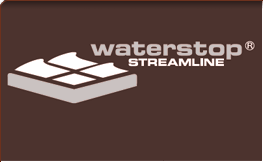

 |
Home | About Us | Products | Showcase | FAQs | How To Order | Articles | Technical Information | Contact Us |
 |
 |
||||||||||
|
|||||||||||
 
|
Technical Information
> Best Practice Construction Best practice shower construction for fully tiled and enclosed cubicles - Overview by Gleda Pty Ltd This information was gained from extensive research conducted on building sites throughout Australia with concreters, waterproofers, tilers, shower screen installers, building and construction companies, and building certifiers. Shower design requirements changed dramatically with the introduction of glass shower screens. Unfortunately, most construction designs shown in AS 3740-2004 do not address the issue of how to attach a shower screen in a leak-free manner with long-term performance. The designs set out in the standard also make it very easy for contractors and builders to take shortcuts without detection (we have witnessed many shortcuts made knowingly by major builders and their contractors such as deleting the use of waterstops all together). Tiles and shower screens often hide materials and construction methods used on completed showers. We believe that the best way to fix many of the current issues is for the Australian Standard to adopt construction methods that not only address many construction problems, but also allow important waterproofing components to be visually inspected on completion. Reliable, leak-free, fully tiled and enclosed showers need to include these important design features:
Other important areas within the shower cubicle are effective sealing of tap protrusions, waterproofing of sheeting joins and compatibility of products used (membranes, tile adhesives, silicon etc). These are areas already well covered in the Australian Standard, but difficult to police. |
 |
© Gleda Pty Ltd 2008 | Contact us | Privacy | Website by Webgenesis |
 |